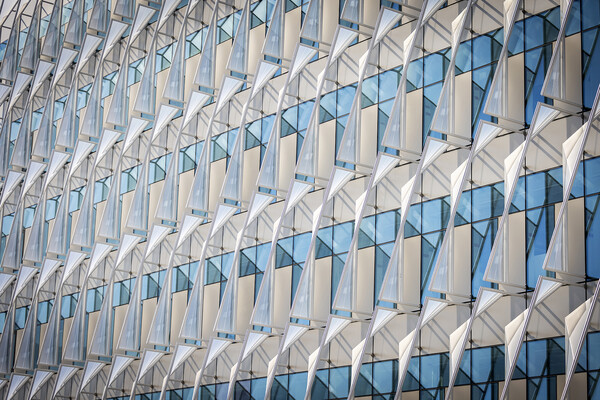
nocred
This spring, undergraduate and graduate students from divergent academic backgrounds—biology, architecture, engineering, business, and more—will have an opportunity to contribute their specialized expertise and learn from one another in a unique pair of courses offered through PennDesign’s Fine Arts Department, the Department of Biology in the School of Arts & Sciences, and the Graduate School of Education (GSE).
The courses, “BIOL 376: Microbial Diversity and Pathogenesis Lab” and “FNAR 268/568: Integrative Design Studio – Cultures of Making,” will be held concurrently for most of the spring semester, then come together in one space for a month to explore interdisciplinary approaches to various projects, including the crafting and application of microbial fuel cells, which produce a current from bacteria.
On the surface, the pairing of these courses seems unlikely. But the collaboration emerged last year, when PennDesign’s Orkan Telhan, an assistant professor in the Fine Arts Department, sought support and lab space from the Biology Department for the course he was teaching that he says involved using emerging technologies to “create new ways to respond to social issues.”
Telhan connected with Karen Hogan, an instructional lab coordinator in the Biology Department who at the time was co-teaching a microbiology course with Mecky Pohlschröder, an associate professor of biology. They helped Telhan’s students synthesize and design plasmid DNA to be inserted into bacterial cells.
Meanwhile, Hogan and Pohlschröder’s microbiology course offered science students the chance to pursue an independent project that analyzes the microbial life of their choice of vastly diverse environments, from the stool of antibiotic-treated lab mice, to soil collected from Penn’s BioPond. Some of the students even identified what may turn out to be a novel antibiotic-producing organism.
“The student’s projects allow them to use cutting-edge culturing techniques to look at the microorganisms they can grow in the lab, and next-generation sequencing technology to examine all of their sample’s bacteria,” says Hogan.
In discussions over the spring and summer and continuing into this fall, Telhan, Hogan, and Pohlschröder brainstormed ways to bring their courses together, exposing all of their students to interdisciplinary approaches to problem solving.
They decided that the two courses, which will run parallel for the semester, will come together several times for joint work, bringing together art and science.
Telhan will co-teach this spring’s iteration of "Cultures of Making" with Yasmin Kafai from GSE. Together with BIOL 376, the course will investigate ways to explore making and learning together, and seek new ways of fostering science and technology outreach to underrepresented communities.
Telhan says some students in both classes may, for example, construct microbial fuel cells, with the science-minded students contributing their understanding of microbiology and the design students approaching it as a “packaging problem,” considering ways the bacteria-generated current could be applied. The finished products will go on display in a culminating installation, and will also be shared with local middle school students in an effort organized by the course instructors and Penn’s Science Outreach Initiative.
“We hope we inspire the younger students to think about continuing on in STEM fields and get them excited about science,” Hogan says. “Between our students, our facilities, and this interdisciplinary collaboration, we have some real ‘wow factors’ at play.”
Katherine Unger Baillie

nocred

Image: Pencho Chukov via Getty Images

The sun shades on the Vagelos Institute for Energy Science and Technology.
nocred

Image: Courtesy of Penn Engineering Today